1. Crystal Pepsi
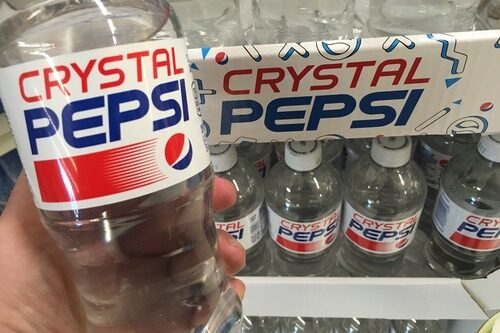
For a brief moment in the early ‘90s, it felt like the future of soda had arrived. Pepsi launched Crystal Pepsi with flashy commercials and a bold promise: the same great cola taste, but without the artificial caramel coloring. It was supposed to be a cleaner, purer soft drink, and for kids growing up then, it seemed like the coolest thing ever. The ads made it look futuristic, and the clear bottle was a total novelty. But the excitement didn’t last long once people actually tried it. The taste was slightly off, and the clear color messed with expectations—it just felt like it should be lemon-lime instead of cola says CNN.
Despite a big marketing push, sales tanked fast. By 1994, Crystal Pepsi had disappeared from shelves, becoming one of the biggest flops in soda history. Pepsi tried bringing it back a few times for nostalgia’s sake, but it never stayed around for long. If you were lucky enough to try it back in the day, you probably remember the hype more than the actual flavor. It’s one of those ‘90s products that seemed like a great idea—until people actually had to drink it.
2. Orbitz Soda
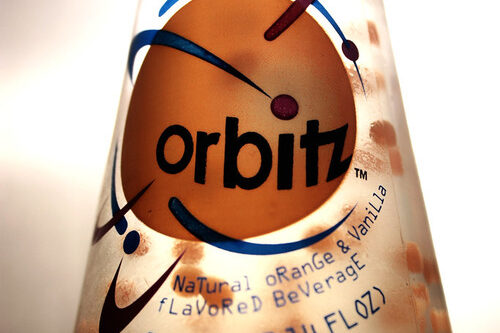
If you were a kid in the ‘90s, you probably remember spotting Orbitz on store shelves and being completely mesmerized. It wasn’t just a soda—it looked like a lava lamp in a bottle, with little floating jelly-like balls suspended inside. The idea was that this drink was futuristic, fun, and unlike anything else on the market. The commercials made it feel like a science experiment you could actually drink. But once the novelty wore off, reality set in—Orbitz tasted awful. It was syrupy, weirdly thick, and had an odd fruit flavor that didn’t really resemble anything natural adds Parade Magazine.
Even the floating balls, which were supposed to be the selling point, ended up being more of a turnoff than a treat. People didn’t know whether to chew them or just swallow them whole, and the texture wasn’t particularly enjoyable. By the late ‘90s, Orbitz was discontinued, and most people were happy to forget it ever existed. It remains one of the weirdest drink concepts ever, living on only in the memories of kids who were brave enough to take a sip.
3. McDonald’s Arch Deluxe
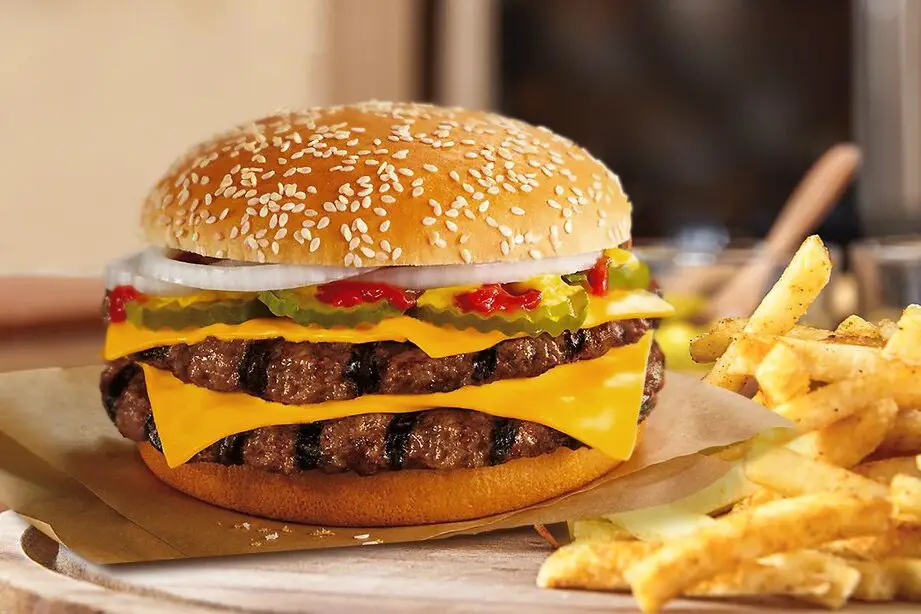
McDonald’s was already dominating the fast-food world, but in 1996, they decided they wanted to appeal to a more “sophisticated” audience. Enter the Arch Deluxe, a premium burger with fancy mustard-mayo sauce, a bakery-style bun, and a whole lot of hype. The company spent millions on commercials showing kids turning up their noses at the burger, as if to say, “This one’s just for the grown-ups.” But here’s the problem—adults weren’t looking for a high-end burger at McDonald’s. If people wanted something fancy, they went to a sit-down restaurant explains Business Insider.
The Arch Deluxe flopped hard because McDonald’s customers weren’t interested in paying extra for a burger that wasn’t that different from the regular menu. Despite the massive marketing budget, no one really cared, and it disappeared within a few years. Today, it’s a reminder that sometimes fast food should just stick to what it does best—cheap, quick, and no-frills.
4. Apple Newton
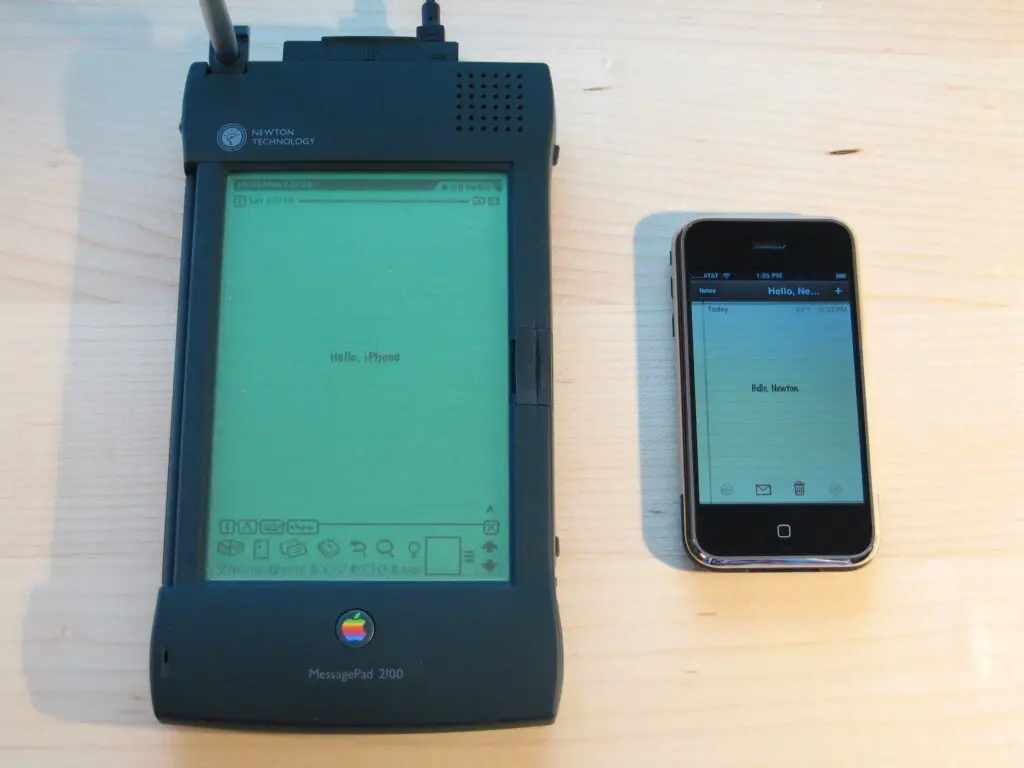
Before iPads and iPhones, Apple had a much clunkier vision of the future. In 1993, they launched the Newton, one of the first-ever personal digital assistants. It was a handheld device that could take notes, recognize handwriting, and organize your schedule. Apple hyped it as revolutionary, but in reality, it was too ahead of its time. The handwriting recognition barely worked, the device was expensive, and it was just too bulky for something that was supposed to be portable.
People mocked the Newton relentlessly, and even The Simpsons made fun of its terrible handwriting function. By 1998, Apple pulled the plug, and the Newton faded into tech obscurity. However, it did lay the groundwork for future devices, proving that sometimes an idea just needs better technology to succeed. It’s easy to laugh at the Newton now, but without it, who knows if we’d have iPads today?
5. Betamax
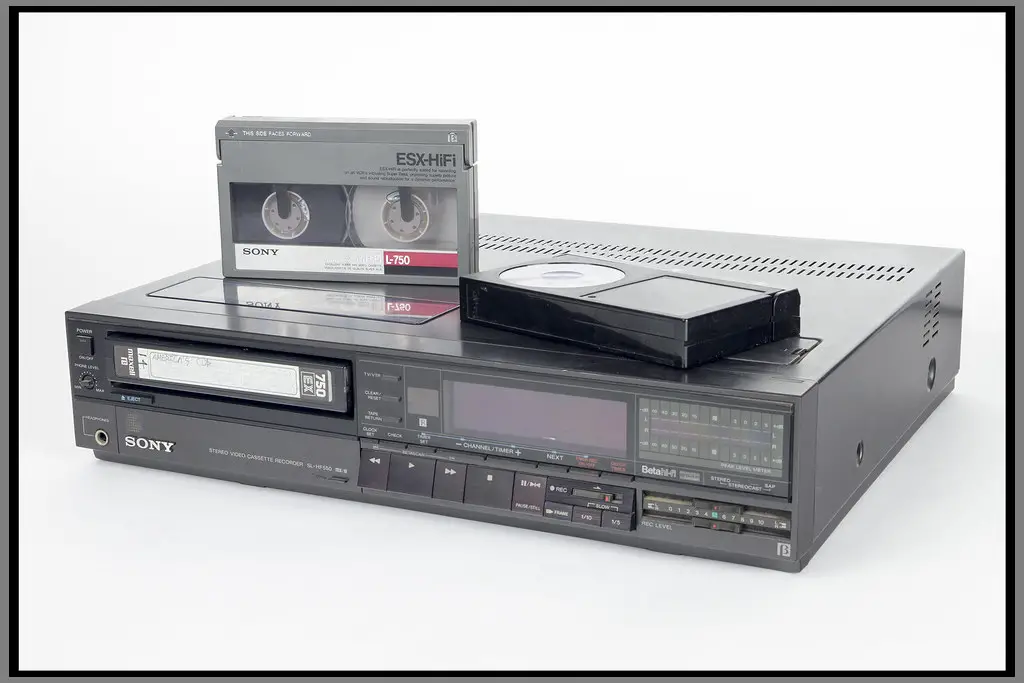
In the great home video war of the late ‘70s and ‘80s, Betamax should have been the winner. It had better picture quality than VHS, and Sony, the company behind it, was known for making high-quality electronics. But there was one big problem—VHS was cheaper and could hold more recording time. That was enough to sway movie studios and consumers, and VHS quickly became the dominant format.
Sony stubbornly kept Betamax going for years, but by the late ‘80s, it was clear they had lost. Most people just went with whatever format their local video store had, and that was overwhelmingly VHS. Today, Betamax is a classic example of how being technically superior doesn’t always mean success. If you ever stumble upon an old Betamax tape, it’s like holding a relic from a video format war that most people barely remember.
6. E.T. The Video Game
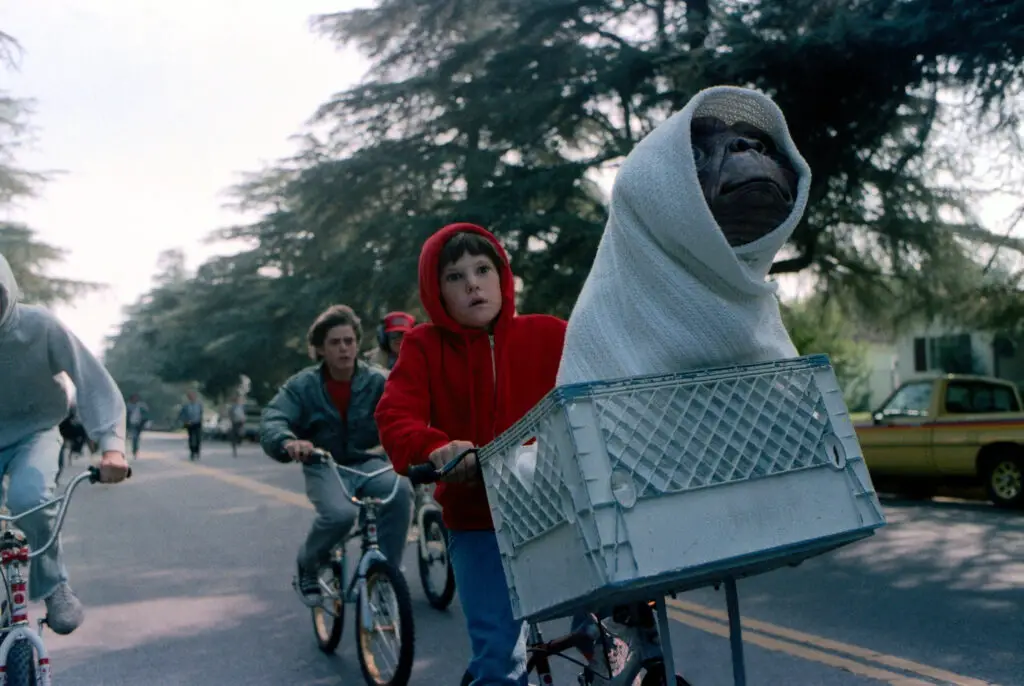
Back in 1982, video games were booming, and Atari thought they had struck gold with a game based on E.T. the Extra-Terrestrial. They rushed production to get it out in time for Christmas, thinking the name alone would guarantee sales. But when kids actually played it, they were met with one of the most frustrating, confusing games ever made. The graphics were a mess, the gameplay made no sense, and players constantly fell into pits they couldn’t escape.
Word spread fast that the game was awful, and millions of copies went unsold. Atari ended up dumping thousands of them in a landfill, a moment so infamous it became gaming legend. The failure of E.T. even contributed to the video game crash of 1983. It’s remembered today as one of the worst video games of all time, a cautionary tale of what happens when you prioritize marketing over making a good game.
7. Pepsi AM
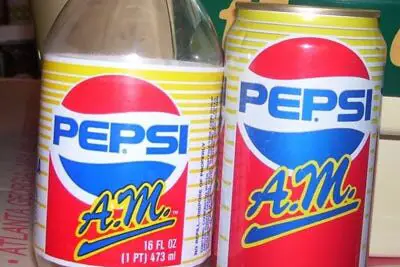
In the late ‘80s, Pepsi had an idea—why not convince people to drink soda for breakfast? Enter Pepsi AM, a version of Pepsi with extra caffeine, marketed as the perfect morning alternative to coffee. The logic was that people already drank coffee for an energy boost, so why not give them a soda with the same effect? But there was a flaw in that thinking—people who liked coffee really liked coffee, and Pepsi wasn’t about to replace their morning cup.
Even among soda lovers, Pepsi AM just didn’t catch on. It felt weird to crack open a can of cola first thing in the morning, and most people preferred their regular soft drinks later in the day. After just a year on the market, Pepsi AM was quietly discontinued. It remains one of the more bizarre attempts at changing people’s habits, proving that not every drink needs to have a “time of day” version.
8. Harley-Davidson Perfume
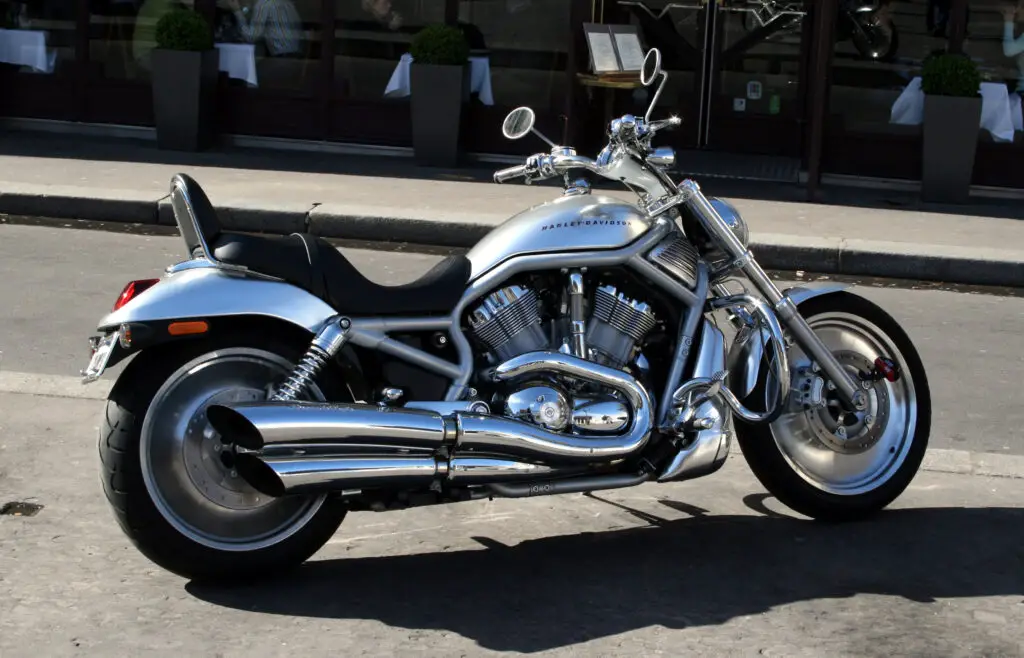
Harley-Davidson is known for motorcycles, leather jackets, and an unmistakable rugged image. But in the ‘90s, someone at the company thought it would be a good idea to launch a line of Harley-branded colognes and perfumes. The problem? No one who loved motorcycles was asking for a signature Harley scent. People associated the brand with the open road, roaring engines, and grease—not expensive bottles of fragrance.
Needless to say, the idea bombed. It just didn’t fit with what people expected from Harley-Davidson, and most fans ignored it completely. By the late ‘90s, the perfumes disappeared, never to be seen again. It’s a classic case of a brand trying too hard to expand beyond its core audience, only to realize that some things just don’t mix.
9. Cheetos Lip Balm
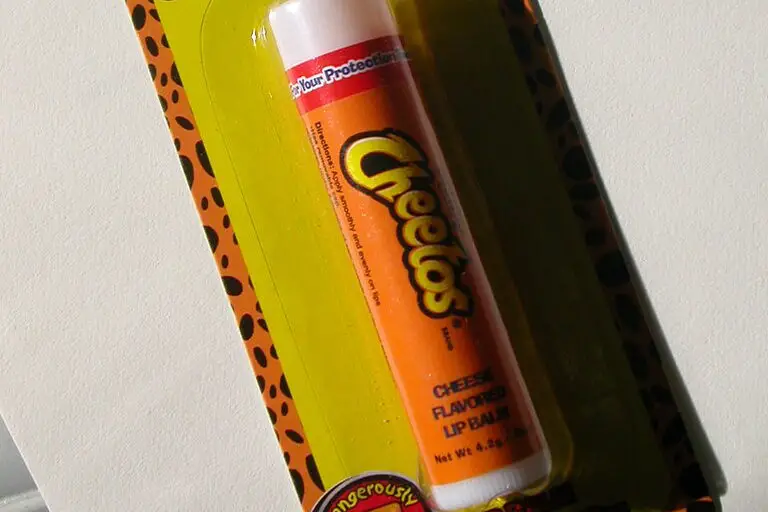
If you’ve ever eaten Cheetos, you know the cheesy dust sticks to everything. So why not turn that into a beauty product? In the early 2000s, Frito-Lay decided to release Cheetos-flavored lip balm, because apparently, someone thought people wanted to taste artificial cheese all day. The idea was as ridiculous as it sounds—who actually wanted their lips to smell like a bag of snacks?
The lip balm was a disaster from the start. The scent was overwhelmingly strong, and it didn’t actually hydrate well. Most people took one whiff, cringed, and never used it again. It was quickly discontinued, but it remains one of the strangest brand crossovers ever attempted.
10. Colgate Kitchen Entrees
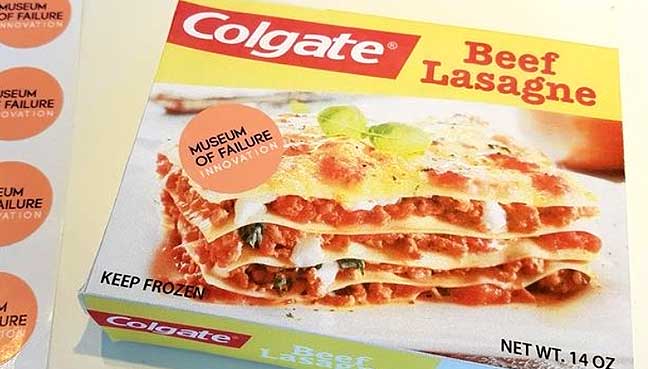
When you think of Colgate, you think of toothpaste, minty freshness, and keeping your breath clean. What you don’t think of is frozen meals. But in the ‘80s, Colgate thought it could expand into the food business with a line of Colgate Kitchen Entrees. The idea was that people would associate the brand with overall cleanliness, including what they ate. But let’s be honest—who wants to eat lasagna from the same company that makes their toothpaste?
The product was a total flop, and most people were too weirded out to even give it a chance. It didn’t help that the packaging featured the iconic Colgate logo, which only reminded customers of brushing their teeth, not enjoying a nice meal. The whole thing disappeared almost as quickly as it launched, and Colgate wisely stuck to toothpaste from then on. It remains one of the most baffling brand extensions of all time.
11. Lifesavers Soda
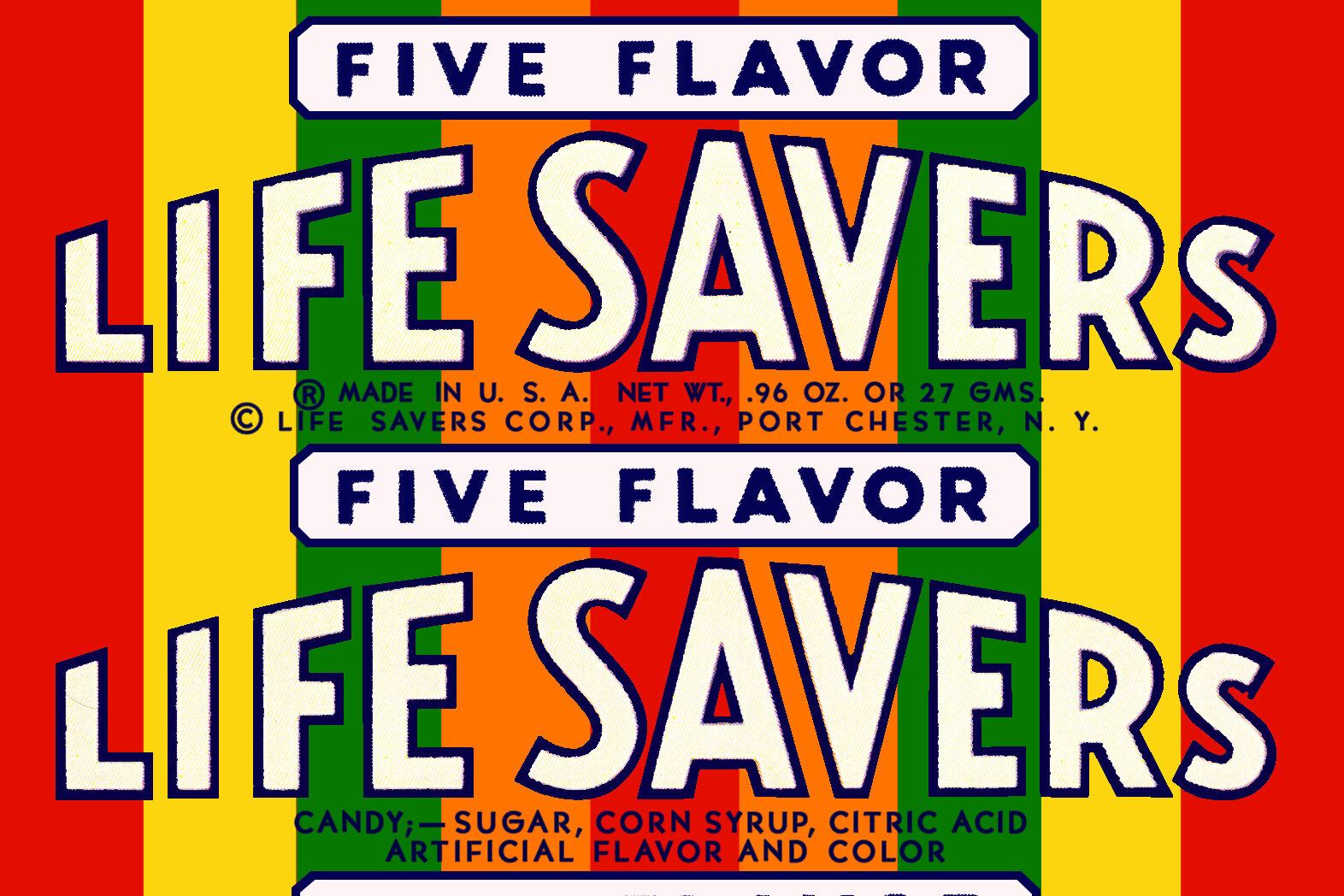
Lifesavers were one of the most popular candies of the ‘80s and ‘90s, so it seemed logical to turn those fruity flavors into a soda. In theory, it made sense—people loved the candy, and they loved soda, so why not combine them? The problem was that Lifesavers were known for their intense, almost syrupy sweetness, and when that was turned into a carbonated drink, it became overwhelming. It was like drinking pure liquid candy, and not in a good way.
Test audiences reportedly found the taste way too strong, and early marketing efforts failed to generate excitement. Before the drink even got a full national rollout, it was quietly scrapped. It turns out there is such a thing as too sweet, even in a world where sugary sodas dominate. Today, Lifesavers Soda remains a forgotten misstep in the long history of candy-inspired drinks.
12. Rejuvenique Face Mask
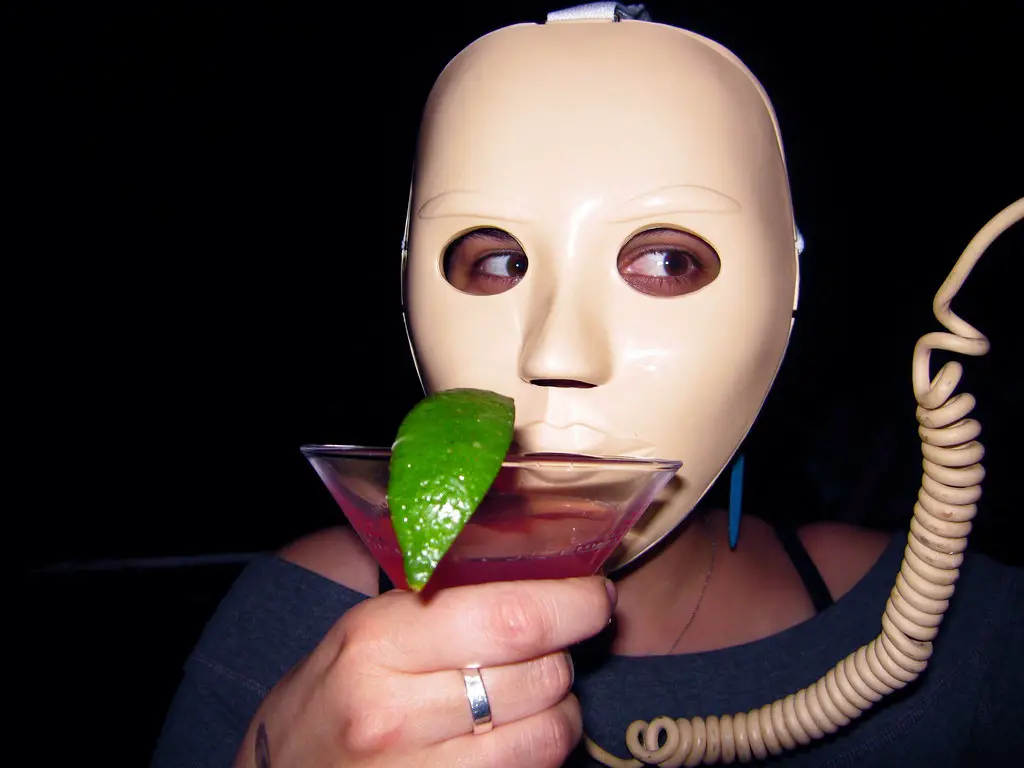
If you ever saw a commercial for the Rejuvenique Face Mask in the ‘90s, you probably had nightmares about it. This bizarre beauty gadget looked like something straight out of a horror movie—a full-face mask with creepy cutouts for your eyes and mouth. The mask used electric currents to “tone” your facial muscles, promising firmer, younger-looking skin. But in reality, it just sent uncomfortable shocks through your face, leaving many users more freaked out than refreshed.
The infomercials tried to make it look futuristic, but the mask’s unsettling design made it difficult to take seriously. Instead of feeling like a beauty treatment, it felt like something a sci-fi villain would wear. Most people who tried it found the sensation more painful than beneficial, and the product quickly disappeared from shelves. It’s since gained cult status as one of the strangest beauty gadgets of the ‘90s, proving that not every weird idea deserves a place in skincare.
13. Bic for Her Pens
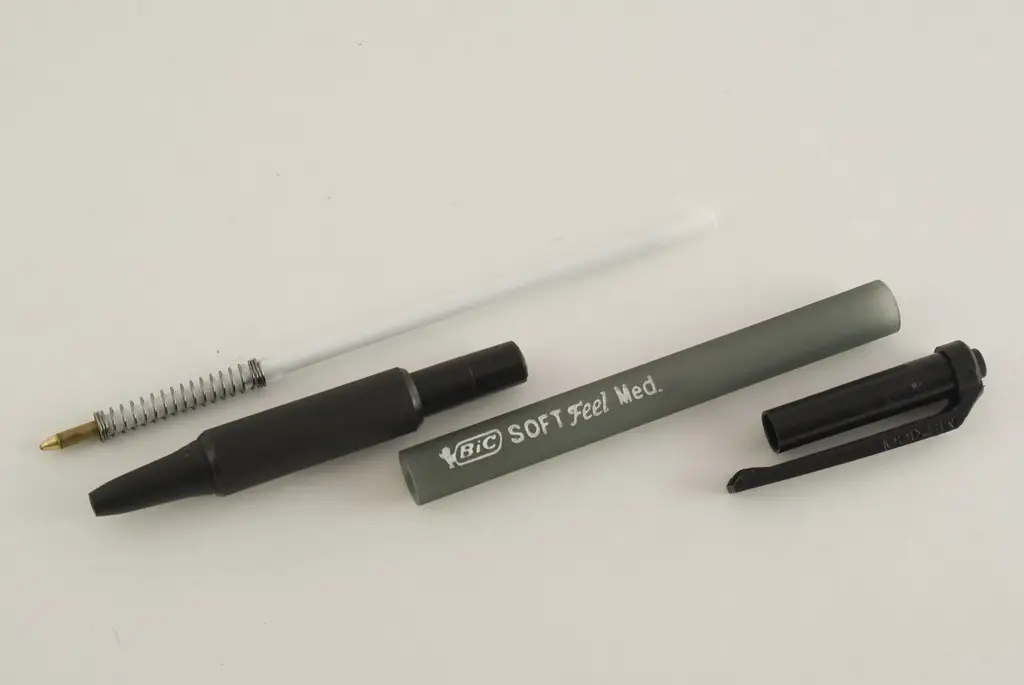
Bic is known for making affordable, no-frills pens, so it’s hard to understand why they thought women needed a special version just for them. In the early 2010s, they released “Bic for Her,” a line of pens that were pastel-colored and slightly slimmer, supposedly to better fit in women’s hands. The problem? No one was asking for gendered pens. The entire concept felt outdated, and the marketing was so condescending that it became a joke almost instantly.
The pens became an internet meme, with people leaving sarcastic reviews poking fun at the idea that women needed their own special writing tools. The backlash was so strong that Bic eventually pulled the product, but not before it became one of the most ridiculous marketing misfires of all time. It’s a reminder that sometimes, companies try way too hard to invent problems that don’t exist.
